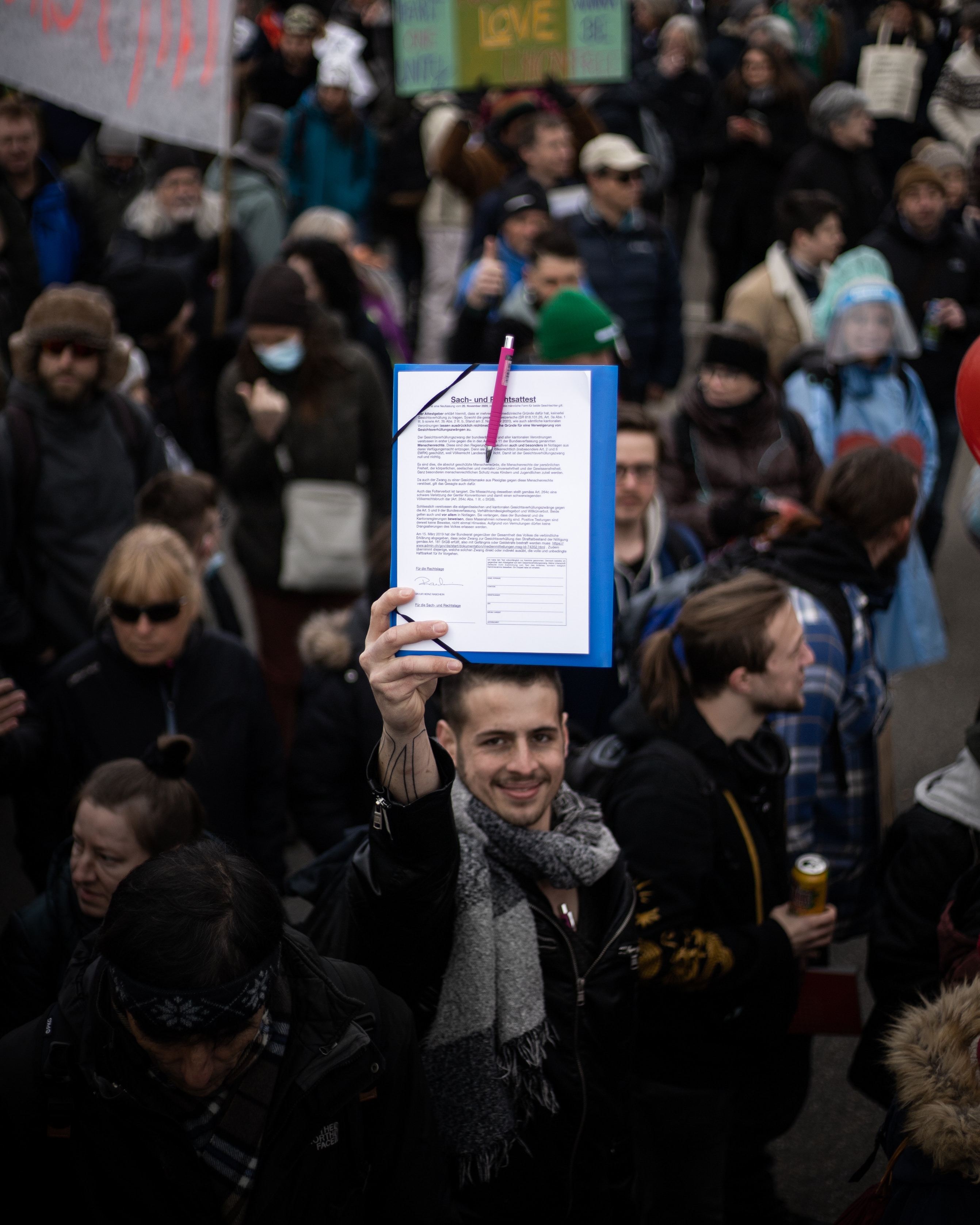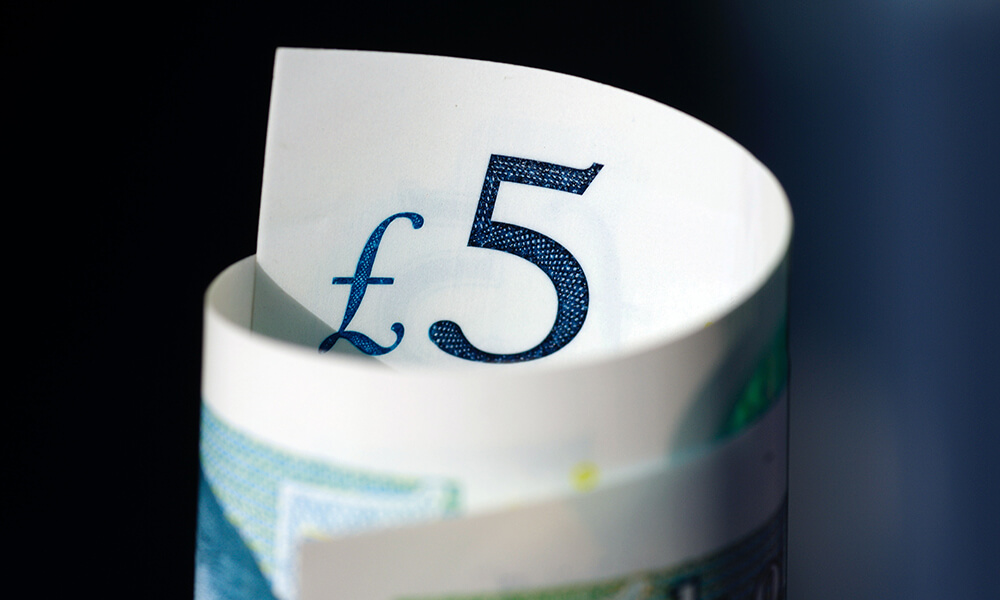The prevailing global pandemic has been a tough situation to deal with for most, if not all economies.
The UK in particular has faced a record-breaking number of infections. While tougher restrictions were put in place, the country faced the worst recession it has seen in 300 years.
With the development of COVID-19 vaccinations, the prospects for increased economic activity have increased.

Combattng the rising infection numbers, propelling economic activity and restoring prosperity are key points of commitment displayed by the new government.
GDP
The effects of the pandemic around lockdown restrictions and rising infection rates are likely to see a drop as the vaccine becomes more common.
A predicted 5.5% GDP (Gross Domestic Product) growth was translated down by forecasts in November 2020.
It is estimated that the COVID-19 backlash is likely to last till late 2022 when pre-pandemic conditions are more likely to return.
The pandemic restrictions have limited brick and mortar operations, with the GDP falling as far as 6% by Easter. This cuts the expected growth rate over 2021 down to 4.3%.
The UK in particular has seen struggles around containing the infections and keeping numbers down. They currently rank behind every major world economy with the exception of Argentina.
A newly instituted post-Brexit trade deal (as of December 2020) with the EU is likely to foster a new relationship with their neighbours to enable ease of trade and maintain cooperation at times of hardship.
Unemployment
As of mid 2020, as a result of mass layoffs caused by the pandemic, the UK government instituted a furlough scheme.
The scheme covered 80% of wages offered to employees who could no longer work or be paid by their employers with a monthly limit of GBP £2500.
Amendments to the program were made, pushing employers to pay 10% as of the start of July, with the government covering 70% of salaries. This figure is to further go down to 60% compensated by the government and employers taking on 20%.
The government hopes to see furloughed employees return to full time roles by September 30th 2021 when the scheme comes to a close.
The UK saw the fastest rate of redundancies the economy had ever seen towards the end of 2020. An attempt to institute a wage subsidies scheme by chancellor Rishi Sunak, has been put on hold allowing furlough to prevent unemployment from rising further.
It is estimated unemployment will peak at 7.5% by mid 2021. This means 2.6 million individuals were put out of work up from the 4% pre-pandemic rate.
Public Finances
2021 has seen the biggest UK government budget deficit on record. This covers the difference between income generated by taxes and expenditure on the public.
The deficit currently sits at GBP £394 billion for the financial year of March 2021. This has been an unfortunate repercussion of unplanned but necessary spending and tax write offs during the pandemic.
Putting together both national debt and the incurred deficit, the country sits at a total of GBP £2 trillion worth of debt. This stands at more than 100% of the GDP and is foreshadowed to stay at that figure over the next five years.
The deficit will sit at the front of political debates held over the year in an attempt to address and remedy the condition.
A likely method to address the deficit will revolve around pulling back emergency support measures as public borrowing levels also decrease. The deficit is expected to pull back to GBP £164 billion by March of 2020.
This is the largest financial crisis the UK has found themselves facing since 2008 with tax rises encouraged when the economy returns to self-sufficiency.
Inflation
Inflation describes the average annual increase in prices for consumer goods, which hit the lowest the UK economy had seen as of 2020.
Dropping global oil prices coupled with steep falls in demand pushed more businesses to drop their prices. The CPI or consumer price index in the UK has fallen to 0.3%.
There is concern around the side effects of economic recovery that may occur too quickly. A sudden jump in inflation rates will only hurt household expenditure and financial planning further.
Additionally, the large sum of debt clouding the economy could see the Bank of England increasing interest rates and introducing higher costs around borrowing for the government.
The OBR (Office for Budget Responsibility) predicts inflation levels are to remain below the bank’s targeted rate of 2% at minimum till the year 2025. There is discussion around minimizing inflation rates amidst all financial institutions until the economy gains its strength.
It is speculated that interest rates are likely to drop further from the existing level of -0.1%. This rate sits at the nation’s lowest over its 326 year history.
Negative interest rates surround charging commercial banks when they transact or deposit with the central bank. The objective is to encourage small scale lending at any capacity to help kickstart internal economic growth.
The Housing Market
Costs within the housing market are likely to see a steep fall heading into 2022. This is a side effect of the high unemployment rates and the slow closure of the ongoing furlough scheme.
While the current status of the UK economy sits at the worst, housing prices rose aggressively towards the end of 2020. Tax breaks and reassessment of living situations over the pandemic caused a surge in purchasing, causing the higher pricing.
Mortgage lenders are assessing the future of the housing market and projecting strong falls in pricing anywhere between 2-5%. The OBR, on the other hand, predicts stronger falls in pricing at roughly 8%.

Closing Thoughts
School closure and the steady decline of retail purchases pulled GDP growth down aggressively over 2020, leading into 2021. As taxes dropped by 1.2% in early 2021 and subsidies offered grew by 11.4% government income and expenditure levels were already attempting to repurpose financing while minimizing the strain on the population.
The existing national debt saw a further slump pushing government policy to now reassess priorities.
The COVID-19 vaccine circulation is bound to hit a vast majority of the population easing the re-entry into normal economic activity.
Read more: “AUM Exceeding $103.4tn”: Sustainable Investing, The Great Beyond for Asset Managers
As politicians discuss practical measures to remedy the large debt figure, it is also up to policy makers to ensure the solutions are introduced gradually to avoid raising inflation and interest rates.
The furlough scheme coming to an end in September of 2021 is also likely to see negative repercussions. As more businesses are returning to operations as normal, smaller businesses are less likely to recover as swiftly. The redefinition of demand has repositioned the likelihood of success for a number of organizations.
Pivoting is definitely easier with larger businesses who have the capital to invest in the same. Smaller organizations will require assistance from the government to slowly gain their strength.
Financial management and monitoring will be a key priority for the country moving forward. With stronger ties into the EU following Brexit, the economy is set up for better trading and economic growth fueled by international activity. Caution is key to restore pre-pandemic development.
For more information about our market research services, contact our business experts.









